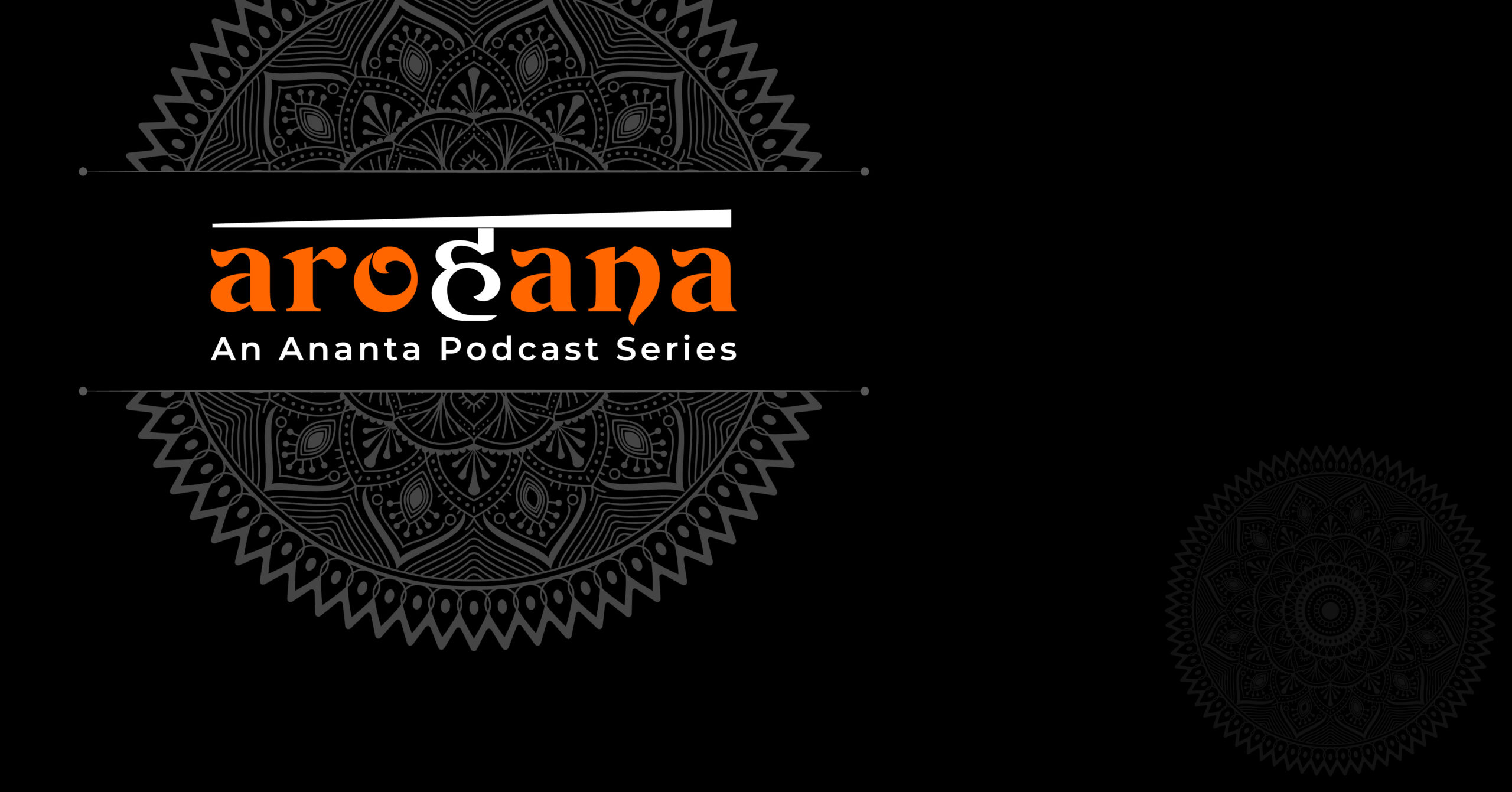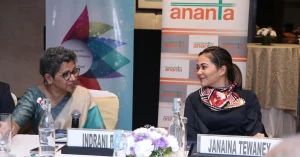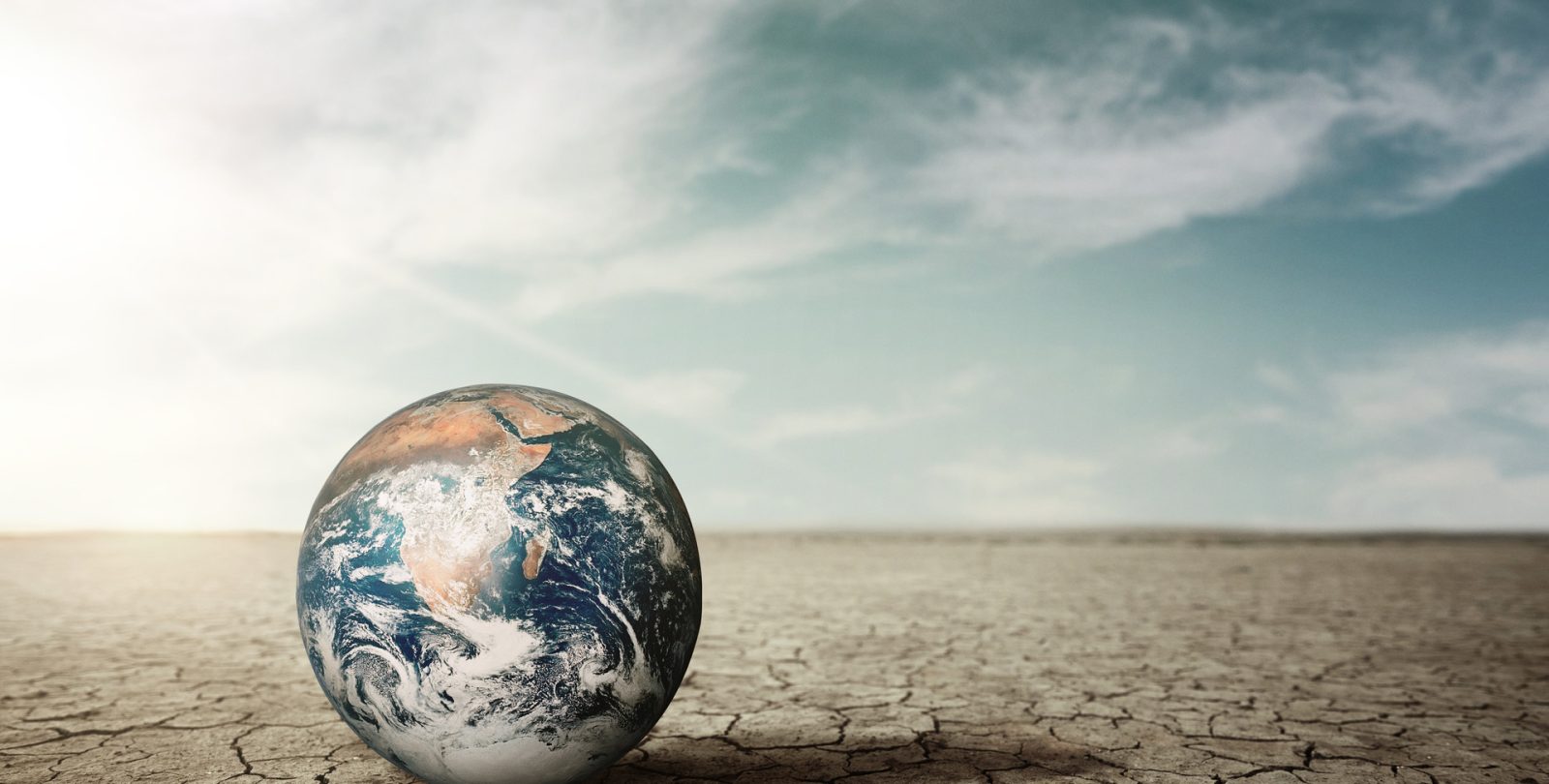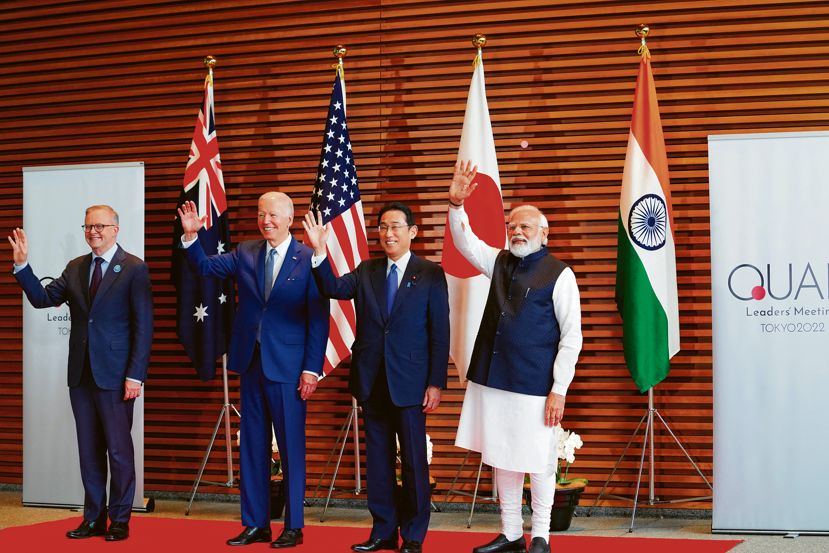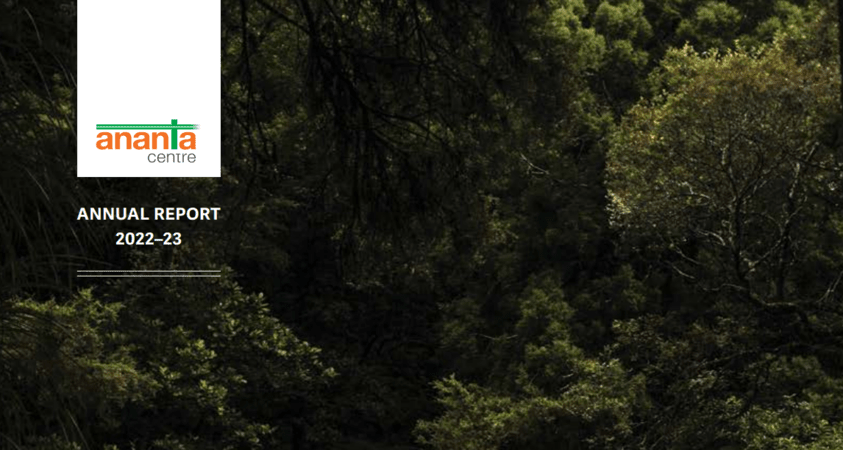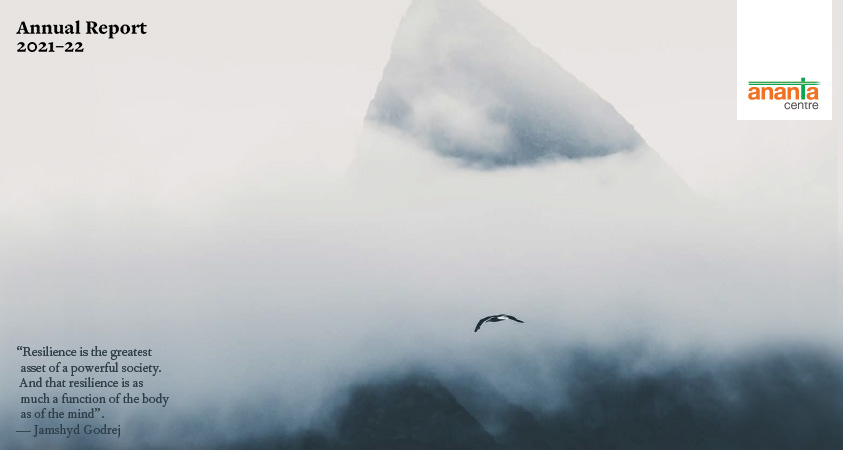Political Developments
China has made “significant inroads in the security sector” in Central Asia in recent years, disrupting the nebulous separation of powers between it and Russia and setting the stage for increased friction in the future. It is often thought that there is a strict division in Central Asia where Russia deals with security and China does economics, but actually that division is fading. China is already a hard power in the region. This shift can be seen in Chinese arms sales to Central Asian governments, with Beijing accounting for 18% of region’s military hardware over past five years, a dramatic increase from tiny 1.5% of Central Asian arms it provided from 2010 to 2014. These sales have ranged from weapons and transport vehicles to high-tech hardware such as armed drones, a highly sought-after global market traditionally cornered by United States and Israel.
Turkmenistan remains the only nation in region that has not yet officially registered a single coronavirus case. Experts are sceptical of this claim given lack of transparency and independent media in country. World Health Organisation (WHO) has been working on a possible visit to Turkmenistan to assess situation on ground.
Authorities in Turkmenistan, where no coronavirus cases have been officially reported, approved measures to prevent spread of COVID-19 in the country. President Berdymukhammedov on May 15 approved government’s plan on “Turkmenistan’s preparedness to stand against the pandemic and ways to rapidly react to it.” Berdymukhammedov also approved a plan to impose restrictions on mass gatherings and ban swimming in the Caspian Sea, including in area of Avaza resort and near city of Turkmenbashi.
Tajikistan did not officially register a coronavirus case until April 30, just ahead of a mission by WHO to the country. Still, many doubt the data and believe the government has been under-reporting the situation. Despite massive spike in infections, Tajikistan refrains from instituting the kinds of precautionary measures seen in nearby countries. Just few weeks into its crisis, Tajikistan was on track to suffer the region’s worst outbreak. The WHO team that visited Tajikistan said that it trusted the data of Tajik government and will continue providing assistance at all stages of COVID-19 fight.
One side effect of COVID-19 pandemic in Central Asia, as well as other parts of world has been rapid reorientation of existing surveillance technologies — often parts of so-called safe or smart city initiatives — toward public health-oriented uses. From facial recognition technologies to tracking techniques using smartphone apps, WiFi and Bluetooth, governments are rearranging their available tools to combat COVID-19.
Hundreds of Central Asian migrants were stranded at Russian-Kazakh border crossings for several days, trying to return home after their hopes of working in Russia were dashed by coronavirus. They are among thousands of people — desperate for work — who are unable to return home to Central Asia where thousands of more would-be migrant workers are hoping to leave their hopeless situations and go to Russia. Most of the migrants arrived at the Kazakh border in early May, assuming that Kazakhstan would reopen its frontiers on May 11 with the end of the state of emergency that Nur-Sultan imposed two months ago.
Uzbekistan’s Sardob Reservoir — completed just four years ago — burst on May 1, flooding large areas in Syrdarya Province, killing several people and forcing some 70,000 to evacuate. It also flooded parts in neighbouring Kazakhstan, seriously damaging 10 towns and forcing evacuation of some 5,000 people. Kazakh authorities complained that Uzbek officials were slow and inaccurate in warning Kazakhstan about the coming flood waters. It seemed Kazakh-Uzbek ties were headed down a bumpy road. However, Uzbek President called his Kazakh counterpart, apologized for the incident and promised to help Kazakh residents who suffered damages.
Only 519 kilometres of approximately 970 kilometres of border between Kyrgyzstan and Tajikistan have been demarcated and, in many areas, where border is unclear, fighting breaks out sporadically between Kyrgyz and Tajik villagers. On May 8, clashes broke out again. In this case, one young Kyrgyz man lost his home to fire and two villagers on Tajik side received gunshot wounds. Also, at least one Kyrgyz border guard was killed and 19 people injured, including a 12-year-old child. Kyrgyz-Tajik border has become the most dangerous one in Central Asia, a dubious distinction. Tajikistan’s Border Guarding Directorate accused Kyrgyzstan of “attempting to destabilize” the situation after fresh clashes. Tajik side said on May 27 that latest provocation came as a Kyrgyz man allegedly shot a 25-year-old Tajik woman, who was hospitalized with a gunshot wound.
It appears that patience of many in Turkmenistan has reached its limit regarding poor government services and apathy of officials to plight of common people. This is evident in severe drop in standard of living during last five years. There are shortages of food and money, skyrocketing unemployment and government — faced with serious revenue shortfalls — has increasingly shifted financial burdens to the people. There are widespread concerns about spread of coronavirus, which government continues to insist has not afflicted anyone in Turkmenistan. On May 13, a crowd of about 1,000 people, gathered in eastern city of Turkmenabat to vent their anger. Public demonstrations of discontent are usually dealt with quickly in arrests, detentions, or prison sentences. Some analysts think a change in government is possible because of unhappiness among people, but the spontaneous protests against the government are occurring in regions, not in capital, and with exception of protest in Turkmenabat, rallies involve only dozens of people. As long as government has control of Ashgabat, it is doubtful President Berdymukhammedov could be ousted through a popular uprising. Desperate to buy food and medicine, some residents of eastern Turkmenistan have resorted to selling their cars, jewellery, livestock, and household items to survive. Severe windstorms in recent weeks hit eastern regions of the country, most particularly Lebap and Mary, killing several dozen people. The heavy rain threatens Turkmenistan’s cotton harvest, which already has a difficult time due to an international boycott aimed at stamping out child and forced labour in cotton fields.
Turkmenistan’s major source of revenue, as much as 70 to 80% comes from sale of natural gas. Price of gas has fallen precipitously since 2014 and is set to fall even lower this year as plunging price of oil drags down the price of gas. And Turkmenistan’s only significant gas customer, China, which has been buying more than 30 billion cubic meters (bcm) of Turkmen gas in recent years, signalled weeks ago that it would cut those imports by 20-25% this year while Beijing deals with its own economic downturn caused by coronavirus crisis.
It is reported that a crowd of Chinese nationals working at a metals plant in north Tajikistan staged an impromptu demonstration on May 20 in a demand to be allowed to travel home. Riot police dispatched to the scene dispersed the crowd of around 100 people by firing gunshots in the air. No gunshot wounds or injuries were reported. The mining company’s administration says police were called after the protesting Chinese workers refused to stop the rally. The workers’ demands remained unclear. Travel between China and Tajikistan was suspended in January, as soon as potential danger of coronavirus threat became evident. That has left a large number of now-jobless Chinese laborers stranded. According to official data, around 7,000 Chinese nationals live and work in Tajikistan.
International Organization for Migration (IOM) launched an urgent US$7 million appeal on Thursday, to ease impact of COVID-19 on migrant communities in the five Central Asian countries and Russian Federation, where the pandemic is pushing a growing number of migrant workers into poverty. Remittance flows – the lifeblood of several regional economies – has slowed to a trickle. Hundreds of thousands of jobs have been lost abroad, with millions of families in danger of slipping rapidly into extreme poverty. Those migrants who do make it home, are returning to joblessness, stigma, and potentially, social unrest.
Kazakhstan’s biggest oil producer, Chevron-led Tengizchevroil (TCO) may have to halt work in Tengiz oilfield if management and local authorities fail to curb spread of coronavirus cases among workers. There have been 935 cases of COVID-19 reported among Tengiz workers, out of the country’s total of 6,969 cases. TCO said it was taking robust measures to safeguard operations. Tengiz accounts for a third of Kazakhstan’s oil output.
In addition to fighting the coronavirus, Tajikistan is being forced to contend with public discontent in its sometimes-restive Pamirs. Hundreds of residents in Rushan, a mountain town about 10 hours arduous driving east of the capital, Dushanbe, emerged onto the streets and gathered before the local security service headquarters on May 25 in an unusual show of defiance. Government forces reportedly fired shots in the air, but the crowd refused to be cowed. Rumours circulated on social media early on May 27 that Interior Ministry special troops had been sent to area to quell any possible unrest, although eye-witnesses reported seeing no such reinforcements as of midday.
Kazakhstan eased some restrictions on tightly-controlled public demonstrations but rights groups said they still fell short of international standards. Until now, protesters in the country needed to apply for permission to hold a rally, and permits for political demonstrations were almost never granted. The new proposal clearly spells out basic principles of peaceful assemblies: “what is not expressly forbidden is allowed” and “your rights end where the rights of others begin.” A quick application and notification system will alert local authorities which means that waiting time for approval will be narrowed down to just five business days (earlier the average was 15 days), and the authorities will have three days to respond to the application (earlier the average was 10 days). For rallies, specific venues in the city will now be set aside and made available. They will be located in the central part of cities and villages, to ensure the convenience of organization and compliance with sanitary norms and rules. Several rights activists have been critical of proposed revisions to this law. A respected Kazakh Human Rights Body said the law was “generally not compliant with international human rights standards..’’ and recommended Kazakh authorities send the draft law to OSCE Panel of Experts on Freedom of Assembly and Association or the UN High Commissioner on Human Rights for review before adopting it.
Around 5,000 tons each of Kazakh flour was delivered via railways to Kyrgyzstan and Tajikistan as support during the COVID-19 crisis. Kyrgyz President sent a message to Kazakh President expressing deep gratitude for humanitarian aid provided in fight against coronavirus. Kazakhstan’s support came at a time when Kyrgyzstan and Tajikistan also sought financial assistance from International Monetary Fund. IMF approved a US$189.5 million loan to help Tajikistan and US$121.1 million as emergency assistance to Kyrgyzstan. This was the second IMF emergency loan for Kyrgyz Republic. Earlier, in March this year, IMF approved disbursement of US$120.9 million. This additional disbursement brings total IMF emergency loan to Kyrgyz Republic to US$242 million.
Emergency in Kazakhstan imposed on 15th March due to coronavirus was lifted on May 11, 2020. Kazakhstan said all restrictions will be lifted gradually and differently in regions and cities in accordance with prevailing situations there.
From June 1, Kyrgyzstan resumed all economic and social activities with strict observance of sanitary and epidemiological norms. Authorities eased lockdown on some businesses from May 21 as part of government’s plan on gradual resumption of economic activities.
Economic Developments
Coronavirus pandemic is boosting a core element of China’s Belt and Road Initiative as rising prices and disruptions in sea transport and air flights force companies to turn to trains. Railways that China has revived in recent years connecting the country to Europe through Central Asia recorded their busiest month yet. China Railways clocked 976 trips in April, 2020, a 47% increase over 2019.
Nineteen renewable energy projects worth US$1.1 billion are under implementation in Kazakhstan in its latest effort to go green and diversify its energy supply. Nine projects will be launched by December. There are already 97 operating renewable energy facilities with a total power capacity of 1,260 megawatts in the country. While more than 70% of Kazakhstan’s electricity is currently produced at coal-fired plants, most of which are outdated, development of renewable energy is an integral part of country’s effort to transition to low-carbon development, diversify economy and bring private capital and investments into the country. Since the beginning of 2020, six renewable projects were commissioned and Energy Ministry expects renewable energy production to reach around three billion kilowatt-hours in 2020.
Kazakhstan increased crude oil exports to China on back of falling prices in Europe. Number of requests from Chinese companies increased and exports soared from 50,000 tonnes in April to 230,000 tonnes in May, 2020.
Iranian President Hassan Rouhani expressed his country’s readiness to establish a barter system with Kazakhstan to deepen bilateral trade relations. Iranian President told his Kazakh counterpart that it was important to develop rail and road transit and banking cooperation, as well as to finalize the agreement on facilitating the issuance of visas for citizens of the two countries.
Turkmenistan has ordered local firms to sell 100% of their hard currency export proceeds to country’s sovereign wealth fund, up from previous 50% requirement. The cash-strapped nation has been gradually tightening foreign exchange controls over the past couple of years. Lately, forex cash withdrawals from banks were banned with effect from April 1.
European Bank for Reconstruction and Development (EBRD) said that Kazakhstan, the biggest economy in Central Asia, is set to post a 3% gross domestic product contraction this year followed by a 5.5% rebound in 2021, supported by a partial recovery of oil prices. In order to ease its dependence on oil revenue, the country could boost its competitiveness by taking advantage of opportunities presented by reshoring of global supply chains. Exports in 2020 are expected to drastically fall but weaker currency may help to offset the impact. In a period of drastically reduced consumption amid the pandemic, inflation would be constrained despite the depreciation of the tenge.
Kazakhstan is the only energy exporter in Central Asia that EBRD expects to post a contraction this year. Growth in gas exporters Uzbekistan and Turkmenistan is set to continue albeit at a much slower pace. Uzbekistan is a more diversified economy: commodity exports constituted about 50 per cent of Uzbekistan’s total exports in 2019, with gold accounting for more than half, providing a natural hedge in turbulent times. Turkmenistan, though almost solely dependent on China for gas exports, has not imposed any lockdown measures constraining economic activity. Economies of Kyrgyzstan and Tajikistan are also set to shrink due to their dependence on remittances from migrant workers employed in Russia and Kazakhstan. US$3.9 billion Rogun megaproject will eventually become a key source of revenue for Tajikistan. Kyrgyzstan has suffered additional damage, having relied heavily on re-exporting goods from China.
Kazakhstan’s foreign trade turnover grew 2.7% in first quarter of 2020 reaching US$21 billion. The first four months, however, showed a significant downturn in domestic trade. The volume index of trade declined by 8.9% over the same period in 2019 and by 34.8% in April alone. Lockdown measures were the main reason behind slowdown. Lockdown and closure of Kazakh and Chinese border, coupled with suspension of Khorgos international trade center led to a large trade slowdown between January and April. Though lockdown measures forced many shops to close, people adapted by buying online more. For example, in Almaty, during quarantine, online sales grew 4 times over.
Leaders of member states of Russian-led Eurasian Economic Union (EEU) recently gathered for a videoconference to discuss the “strategic directions of development for EEU through 2025.” Kazakh President complained that EEU plans disregarded the sovereignty of individual member states and Kyrgyz President called for EEU to have an arbitration court to resolve, among other matters, transit disputes that have taken a toll on his country’s imports and exports and according to at least one report, led to Kyrgyzstan having the highest increase in food prices among the five EEU countries during the first four months of 2020.
Kazakhstan agreed to reduce oil production by 390,000 barrels per day in May and June under a cooperation agreement with Organization of Petroleum Exporting Countries, known as OPEC+. Last year, Kazakhstan’s oil production edged up 0.1 percent to an average of 1.82 million barrels per day. In April, OPEC and OPEC+ nations agreed to a historic 9.7 million barrel per day production cut which is 23% compared to the current level to tackle falling oil prices and preceding slump in demand amid the pandemic. The cut will last through May and June. Between July and December, it will ease back up to 7.7 million barrels or 18%, and between January 2021 and April 2022, the production cut will reach 5.8 million barrels per day or 14% from the base level.
Kazakhstan exported 7.1 bcm of gas to China last year, while Turkmenistan delivered 33.2 bcm. Uzbekistan shipped 7.6 bcm last year. Reduction of supplies to China would fall heavily on Turkmenistan, which has no other customer for gas exports, aside from Russia’s Gazprom, which said last July that it could buy up to 5.5 bcm per year. The country may suffer not only from reduced volumes but also lower export prices due to oil-linked pricing formulas and the global crude glut. Turkmenistan was already expected to face a sharp economic slowdown, according to forecasts released by EBRD. Economic growth in Turkmenistan is expected to slide to 1% this year from a reported 6.3% in 2019.
The collapsed oil prices imply a significant reduction in projected export income for Kazakhstan, which produced 92.2 million tons of oil in 2018. The country needs oil prices of at least US$ 50-55 per barrel to balance its budget. Income from gas exports will also decrease in 2020. The country exported 5.4 bcm of gas to China in 2018 and had a contract to double exports by 2020-21, which now seems unattainable.
Turkmenistan, whose oil output stood at 10.6 million tons in 2018, will also suffer from the oil price slump. However, the country is expected to suffer even more from the reduced gas demand in China. Turkmenistan exported 33.3 bcm of gas to China in 2018 and may now face a 7-8 bcm reduction in exports. This will add to already existing fiscal difficulties after Turkmenistan lost its other important gas markets in Russia in 2016 (although Gazprom resumed limited imports – 5.5 bcm annually – in 2019) and Iran in 2017. The IMF reduced the GDP growth projection for Turkmenistan from the previously expected 6.4 percent to 1.8 percent.
Kazakhstan produced 31.2 million tonnes of oil in January-April of this year, which is 6% more than for the same period in 2019. Oil export in January-April amounted to 25.3 million tonnes, which amounted to 105% of the plan and gas production amounted to 20.2 billion cubic metres, which amounted to 100.3% of the plan. Oil refining amounted to 5.2 million tonnes, which was a decrease by 3.7% compared to the same period in 2019. This happened due to stopping of Pavlodar refinery in north Kazakhstan for scheduled repairs.
India-Central Asia Relations
External Affairs Minister Dr S Jaishankar participated in the first-ever virtual conference of SCO foreign ministers on May 13. It was chaired by Russian Foreign Minister Sergey Lavrov and attended by his counterparts from all SCO countries. EAM emphasised on cooperation to fight COVID-19 including sharing of best practices particularly in medicine, medical equipment, and pharmaceutical sector. Dr Jaishankar remarked that crisis has resulted in disruption of production networks and supply chains. SCO member States should jointly identify and sustain new means of economic growth. He underlined that security challenges the world faces today are not linked by physical or political boundaries. Since terrorism continues to be the overwhelming threat to security and stability in SCO region, Dr Jaishankar strongly pitched for ‘collective action’. Pakistan foreign minister said that terrorism-related allegations must not be used as a political tool to malign and victimise any country or religion. The conference also extensively deliberated on evolving situation in Afghanistan, holding that peace process must take into consideration aspirations of Afghan people and stakes of neighbouring countries.
External Affairs Minister discussed issues of medical supply and travel in context of coronavirus in a conversation with his Uzbek counterpart. He remarked that India is preparing for India – Central Asia Dialogue and further bilateral engagements. EAM spoke on commonality of approach of the two countries to Afghanistan.
India has provided hydroxychloroquine and paracetamol as aid to Tajikistan amidst the COVID crisis. EAM had a warm and friendly conversation with his Tajik counterpart. They discussed medical cooperation in response to Covid-19 challenge and reviewed various aspects of bilateral relations.
National carrier Air India Ltd operated several new flights inter alia from Tajikistan, Kazakhstan and Kyrgyzstan, among others, in the second round of Vande Bharat Mission during 18 May-3 June to bring back stranded Indians abroad. Under this phase, a total of 149 flights, including feeder flights, were operated to bring back Indians from 40 countries. Seven flights were operated from Kazakhstan.
Government of India arranged transportation of Tajik citizens stranded in India to Dushanbe and evacuated Indian nationals stuck in Tajikistan. 45 citizens of Tajikistan returned to Tajikistan and 286 nationals of India were airlifted from Tajikistan to India in 2 flights.
Four flights were put into operation to transport stranded Indians from Kyrgyzstan. Amid the coronavirus pandemic, several Kashmiri students stranded in Kyrgyzstan’s Osh region for almost two months had appealed to governments of India and Jammu and Kashmir seeking evacuation.
Over 60 foreign nationals, members of Tablighi Jamaat were arrested by police for participating in various religious programmes of the organisation in violation of Foreigners Act and Indian Penal Code. Earlier, seven cases were registered against them under visa norms at various police stations in Bhopal. Many COVID-19 cases were reported when some Tablighis travelled back to their respective home states. They hailed inter-alia from Kyrgyzstan, Uzbekistan and Kazakhstan and others.
Shanghai Cooperation Organization (SCO) Summit has been postponed by Russia from July, 2020 to a later date due to the coronavirus pandemic.




